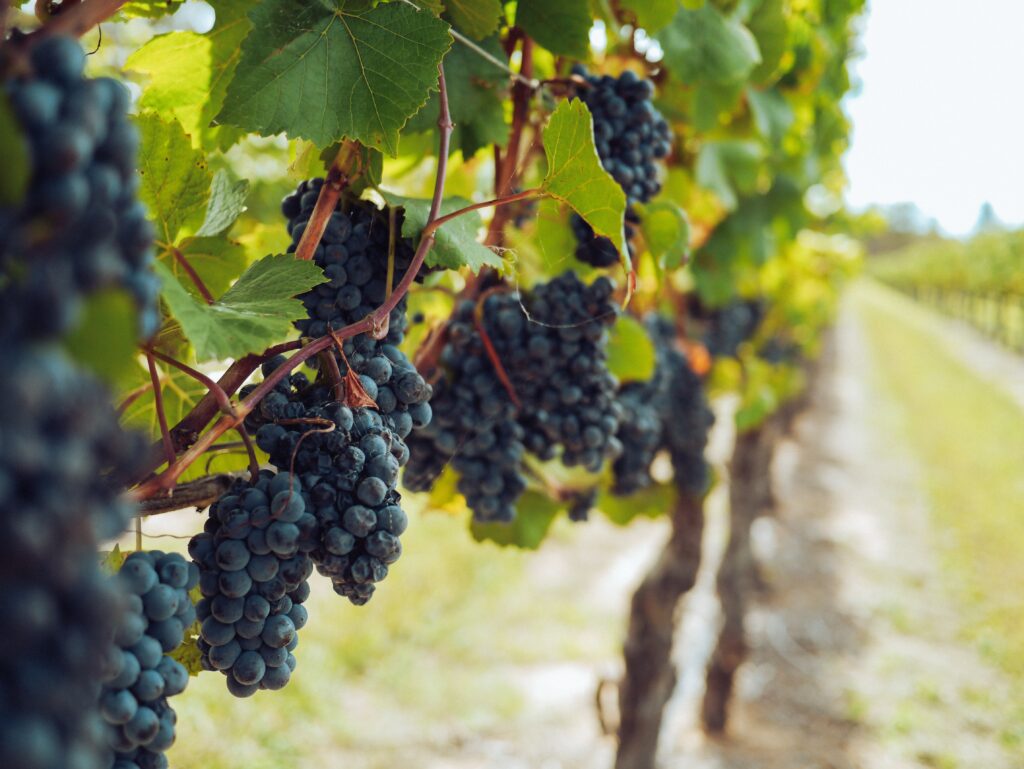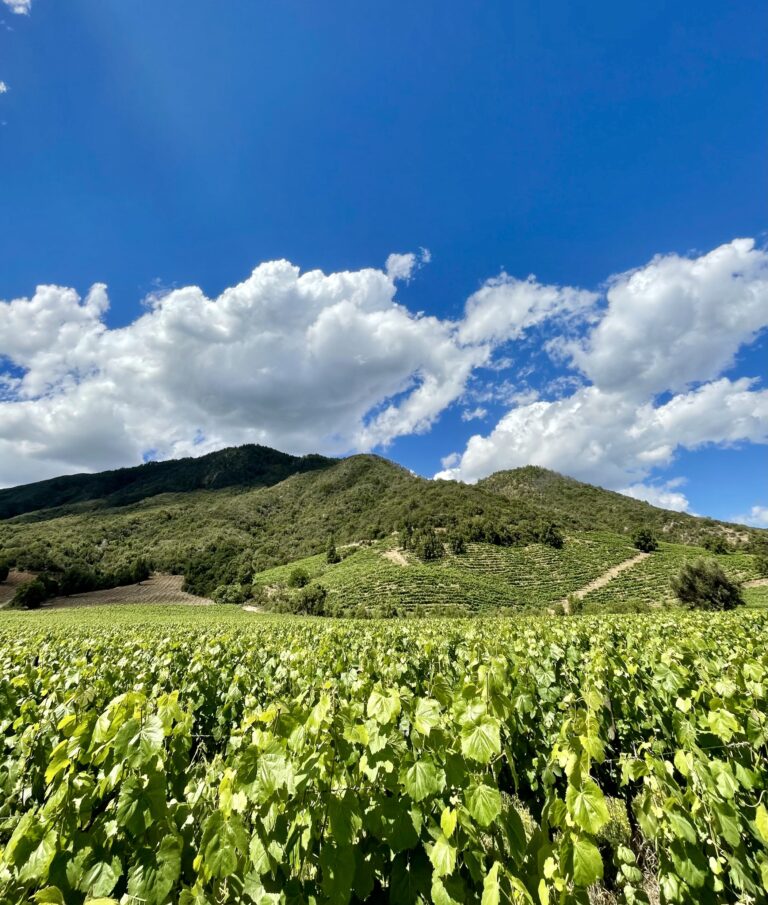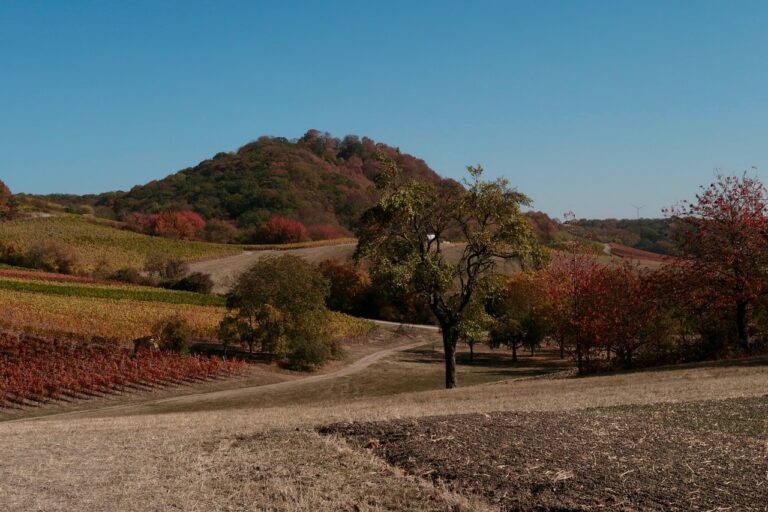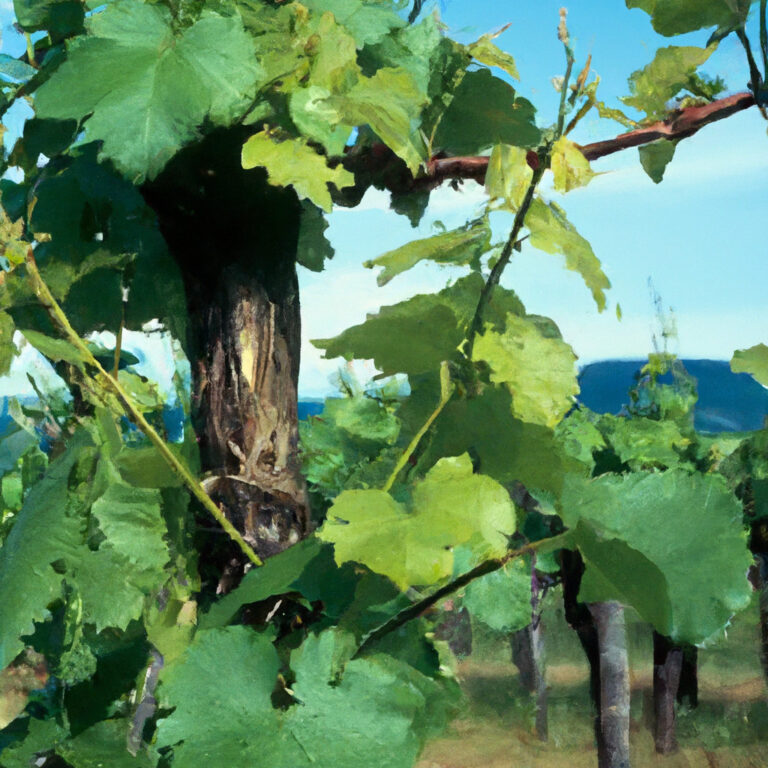Exploring Texas Wine Regions
Are you ready to embark on a delightful journey through the enchanting world of Texas wine regions? Get ready to be captivated by the rich flavors and breathtaking landscapes that await you in this diverse and vibrant state. From the sun-kissed vineyards of the Hill Country to the scenic beauty of the High Plains, each wine region offers a unique blend of history, culture, and local charm. So grab a glass, bring your sense of adventure, and let’s embark on an exploration of the remarkable Texas wine regions that are waiting to be discovered.
What are the Texas Wine Regions?
Texas Hill Country
The Texas Hill Country region is one of the most renowned wine regions in the state. Its rolling hills, stunning landscapes, and diverse microclimates characterize it. The region is known for producing a wide variety of wines, including bold reds, aromatic whites, and crisp rosés. Some major wineries in the Texas Hill Country include Becker Vineyards, Pedernales Cellars, and William Chris Vineyards.
Texas High Plains
The Texas High Plains region is located in the northern part of the state and is characterized by its high elevation and relatively flat terrain. The region is known for its excellent grape-growing conditions, sandy loam soil, and semi-arid climate. The Texas High Plains is particularly famous for producing high-quality red wine grapes such as Cabernet Sauvignon and Tempranillo. Notable wineries in the region include Llano Estacado Winery and McPherson Cellars.
Gulf Coast
The Gulf Coast region is near the Gulf of Mexico and experiences a warm and humid climate. This region’s unique climate allows for producing vibrant and refreshing wines, such as Muscadine and Blanc du Bois. A few prominent wineries in the Gulf Coast include Haak Vineyards & Winery and Bernhardt Winery.
Escondido Valley
The Escondido Valley region is located in West Texas, near the border with New Mexico and Mexico. The region’s arid climate, high elevation, and unique soil composition make it suitable for grape cultivation. The Escondido Valley is known for producing full-bodied red wines, particularly those made from the Tempranillo grape. Wineries such as Brennan Vineyards and Blue Mountain Vineyards are highly regarded in this region.
History of Texas Wine Regions
Early beginnings of wine production
The history of wine production in Texas dates back to the early 1600s, when Spanish explorers and missionaries first brought grapevines to the region. These early settlers recognized the potential of the Texas terrain and climate for growing grapes and producing wine. However, it wasn’t until the mid-19th century that the commercial wine industry began to take shape.
Influence of early settlers
The influence of early settlers, particularly the German immigrants in the 1800s, played a significant role in developing the Texas wine industry. These settlers brought their winemaking traditions and expertise, establishing vineyards and wineries in the Texas Hill Country and other regions. Their impact can still be seen today in the German-style wines and wineries that thrive in Texas.
Modern evolution of Texas wineries
In recent decades, the Texas wine industry has experienced a modern evolution, with an increasing number of wineries and vineyards popping up across the state. This growth can be attributed to several factors, including advancements in viticultural practices, improvements in winemaking techniques, and the exploration of new grape varieties that thrive in the Texas climate. Today, Texas wines are gaining national and international recognition for their quality and distinct character.
Geographical Overview of Texas Wine Regions
Distribution of vineyards across Texas
Texas is a vast state with diverse geographical features, contributing to the distribution of vineyards across different regions. The main wine regions in Texas include the Texas Hill Country, Texas High Plains, Gulf Coast, and Escondido Valley. Each of these regions has its unique characteristics in terms of soil composition, climate, and elevation, which influence the types of grapes grown and the style of wines produced.
Climate and its impact on wine production
The climate in Texas wine regions varies significantly, with hot summers, mild winters, and unpredictable weather patterns. This climate poses both opportunities and challenges for wine production. The long growing season allows grapes to ripen fully, producing concentrated flavors and aromas. However, the high heat and occasional droughts can place stress on the vines, requiring careful vineyard management to ensure optimal grape quality and vine health.
Unique soil composition
The soil composition in Texas wine regions is incredibly diverse, thanks to the state’s geological history. This diversity allows for a wide range of grape varietals to thrive in different areas. For example, in the Texas Hill Country, the soil is largely composed of limestone, contributing to its suitability for growing white wine grapes such as Viognier and Chardonnay. The sandy loam soil is ideal for red wine grape varieties like Cabernet Sauvignon and Tempranillo in the Texas High Plains.
Understanding Texas Viticulture

Important grape varieties in Texas
Over the years, Texas winemakers have discovered which grape varietals excel in the state’s unique climate and soil conditions. Some of Texas’s most important grape varieties include Tempranillo, Cabernet Sauvignon, Viognier, Roussanne, and Blanc du Bois. These varieties have proven to thrive in the Texas heat and produce wines with distinct flavors and characteristics.
Vineyard management practices
Given the challenging climate, vineyard managers in Texas must employ specific practices to ensure the health and productivity of their vines. This includes implementing irrigation systems to combat drought, training vines to provide shade to the grapes, and employing canopy management techniques to balance sunlight exposure. Additionally, pest and disease management is crucial, as Texas vineyards face challenges from pests such as Pierce’s disease and fungal infections.
Harvesting techniques
Harvesting in Texas wine regions typically occurs from July to October, depending on the grape variety and the desired flavor profile. Grapes are usually hand-picked to ensure that only the highest-quality fruit is selected. Harvesting decisions are based on several factors, such as sugar levels, acidity, and phenolic ripeness. The harvest timing plays a significant role in the resulting wine’s flavor and structure.
Highlighting Top Texas Wine Regions
Deep Dive into Texas Hill Country

Major wineries in Texas Hill Country
Texas Hill Country has numerous notable wineries, each with its unique charm and specialties. In Fredericksburg, Becker Vineyards is widely recognized for its exceptional wines, particularly Viognier and Malbec. Pedernales Cellars, also in Fredericksburg, is known for its award-winning Tempranillo and Viognier, showcasing the region’s Spanish and Rhône Valley grape varieties. William Chris Vineyards in Hye focuses on small-batch, handcrafted wines, strongly emphasizing Texas-grown grapes.
Signature wines
The signature wines of Texas Hill Country reflect the region’s warm climate and diverse grape varieties. Some standout wines include robust and fruity Tempranillo, crisp and aromatic Viognier, elegant and complex Sangiovese, and refreshing and well-balanced Rosé. These wines are often characterized by their rich flavors, balanced acidity, and unique sense of place.
Visiting the Texas Hill Country
Visiting the Texas Hill Country is a must for wine enthusiasts and travelers seeking a memorable experience. The region offers a plethora of wineries to explore, as well as charming towns with quaint shops, restaurants, and accommodations. In addition, winery tours and tastings provide an opportunity to learn about the winemaking process and indulge in the flavors of Texas Hill Country wines. The Texas Hill Country is an ideal destination for wine lovers with its picturesque landscapes and warm hospitality.
Exploring Texas High Plains

Famous wineries in Texas High Plains
The Texas High Plains region boasts several renowned wineries known for their dedication to producing exceptional wines. Llano Estacado Winery in Lubbock is one of Texas’s oldest and largest wineries. It offers diverse wines, including its award-winning Chardonnay and Cabernet Sauvignon. McPherson Cellars, also in Lubbock, is known for its innovative approach to winemaking and commitment to using only sustainably grown grapes. Their Les Copains Red Blend and Roussanne are highly regarded in the region.
Representative wines
The wines produced in the Texas High Plains showcase the region’s unique growing conditions and diverse grape varieties. Notable wines include full-bodied and rich Cabernet Sauvignon, elegant and aromatic Tempranillo, crisp and vibrant Roussanne, and refreshing and citrusy Viognier. These wines often exhibit the characteristics of the High Plains terroir, with a balance of fruit flavors, acidity, and structure.
Tourism in Texas High Plains
The Texas High Plains region offers more than just exceptional wines. Visitors can immerse themselves in the region’s rich agricultural heritage and wide-open spaces. In addition to wine tastings and tours, visitors can explore local museums, admire unique art installations, and experience the warm culture and hospitality of the High Plains communities. Whether it’s a leisurely drive through scenic vineyards or attending a lively wine festival, the Texas High Plains offers a variety of activities for wine lovers and adventure seekers alike.
Embracing the Gulf Coast
Noteworthy wineries in Gulf Coast
The Gulf Coast region is home to several wineries showcasing the unique characteristics of wines produced in this tropical climate. Haak Vineyards & Winery in Santa Fe is known for its exceptional Muscadine wines, particularly its award-winning Blanc du Bois and Madeira-inspired dessert wines. Bernhardt Winery in Plantersville is renowned for its handcrafted wines made from estate-grown fruit, such as their Blanc du Bois and Cabernet Sauvignon.
Characteristic wines
The wines produced in the Gulf Coast region are often characterized by their vibrant fruit flavors, tropical notes, and refreshing acidity. Muscadine wines, made from a native grape variety, are a region’s specialty and are known for their distinctive aroma and sweetness. Blanc du Bois, a hybrid grape variety, also thrives in the Gulf Coast climate and produces crisp, refreshing white wines with citrus and floral notes.
Experiencing the Gulf Coast
Beyond its wineries, the Gulf Coast region offers visitors a chance to explore beautiful coastal landscapes, indulge in fresh seafood, and enjoy warm hospitality. From beachside retreats to charming small towns, there are numerous ways to experience the Gulf Coast’s unique culture and natural beauty. Wine enthusiasts can enjoy tastings and events at the wineries, dine at local restaurants pairing Gulf Coast wines with fresh seafood, and take advantage of the region’s proximity to the beach for a complete wine and coastal experience.
Unveiling Escondido Valley
Prestigious wineries in Escondido Valley
The Escondido Valley region may be lesser-known than other Texas wine regions, but it is home to several prestigious wineries that have gained recognition for their exceptional wines. Brennan Vineyards, located in Comanche, is renowned for its award-winning Viognier and Tempranillo, showcasing the region’s ability to produce elegant, expressive wines. Blue Mountain Vineyards in Mason focuses on small-batch, handcrafted wines made from estate-grown fruit, with their Mourvèdre and Malbec standouts.
Typical wines
Wines from the Escondido Valley region often exhibit a unique character influenced by the region’s arid climate, high elevation, and diverse soils. Typical wines include rich and robust Tempranillo, aromatic and elegant Viognier, earthy and complex Mourvèdre, and bold and structured Malbec. These wines reflect the terroir of the Escondido Valley, with the intense Texas heat contributing to the concentration of flavors and the sandy soil imparting distinct characteristics.
Traveling to Escondido Valley
Visiting the Escondido Valley region allows wine lovers to explore a hidden gem in the Texas wine landscape. The region’s serene landscapes, rugged terrain, and friendly wineries provide a unique and authentic wine-tasting experience. Visitors can discover the charm of small-town life, savor Escondido Valley wines in picturesque tasting rooms, and enjoy the tranquility of the countryside. Whether a day trip or a weekend getaway, the Escondido Valley offers a quiet retreat for those seeking a slower pace.
Selecting and Tasting Texas Wines

Criteria for selecting Texas wines
When selecting Texas wines, there are several criteria to consider. First, it’s essential to understand the characteristics of the specific wine region and grape varieties grown there. Each region has its strengths and specialties, so choosing wines that align with personal preferences is crucial. Additionally, considering the winery’s reputation, reading reviews, and seeking recommendations from wine professionals and enthusiasts can help guide the selection process.
Understanding Texas wine labels
Understanding Texas wine labels can help navigate the diverse range of wines produced in the state. Texas wine labels typically include the winery name, varietal or blend, vintage year, and any special designations indicating the wine’s quality or vineyard source. Familiarizing oneself with the labeling regulations and the various appellations within Texas can assist in making more informed choices when selecting and purchasing Texas wines.
Basic tasting notes
When tasting Texas wines, paying attention to several key elements is essential. Start by observing the wine’s appearance, noting its color, clarity, and viscosity. Next, take a moment to smell the wine, identifying any aromas of fruit, flowers, herbs, or oak. When tasting, consider the wine’s acidity, body, tannins (in red wines), and overall balance. Finally, evaluate the wine’s flavors, noting any hints of specific fruits, spices, or other characteristics. One can better appreciate Texas wines’ nuances and unique qualities by focusing on these aspects.
Texas Wine Industry Trends and Innovations

Emerging trends in wine production
The Texas wine industry continues to evolve, with several emerging trends shaping the future of winemaking in the state. One notable trend is the increased focus on sustainability and organic practices in the vineyard, as winemakers recognize the importance of preserving the environment and producing high-quality, natural wines. Another trend is the experimentation with lesser-known grape varieties and wine styles, as winemakers seek to push boundaries and showcase the diversity of Texas wines. Additionally, there is a growing interest in wine tourism, with wineries offering unique experiences, such as food and wine pairings, vineyard tours, and educational workshops.
Innovation in vineyard practices
Innovation in vineyard practices has become essential for Texas wine producers to overcome the challenges presented by the state’s climate and ensure the production of high-quality grapes. Winemakers are utilizing new technologies like weather monitoring systems and vineyard mapping software to understand better and manage vine stress, disease pressures, and irrigation needs. Furthermore, advancements in trellis systems, canopy management techniques, and vine training methods improve airflow and sunlight exposure, leading to healthier vines and better grape quality.
The future outlook for Texas wines
The future outlook for Texas wines is promising, with the state solidifying its reputation as a quality wine region. As the industry grows and gains recognition, more attention will be given to the unique terroir and grape varieties that thrive in Texas. With a focus on sustainability, innovation, and continued experimentation, Texas winemakers are poised to produce even more exceptional wines that showcase the state’s terroir and further establish Texas as a prominent player in the global wine industry.







